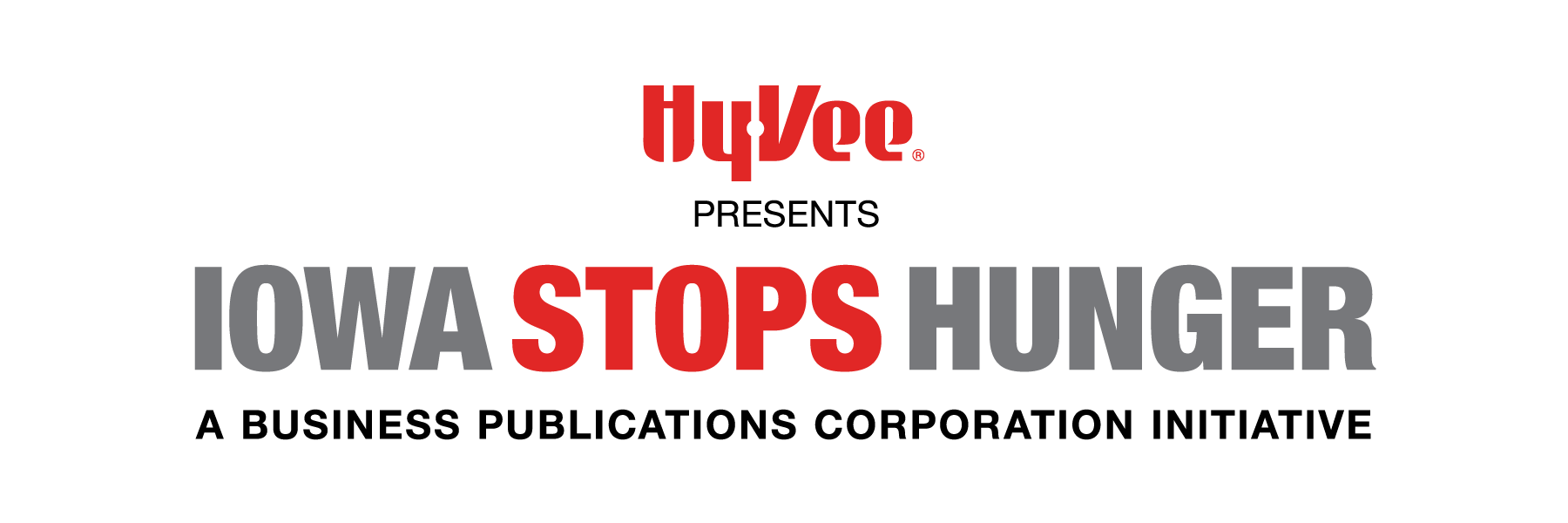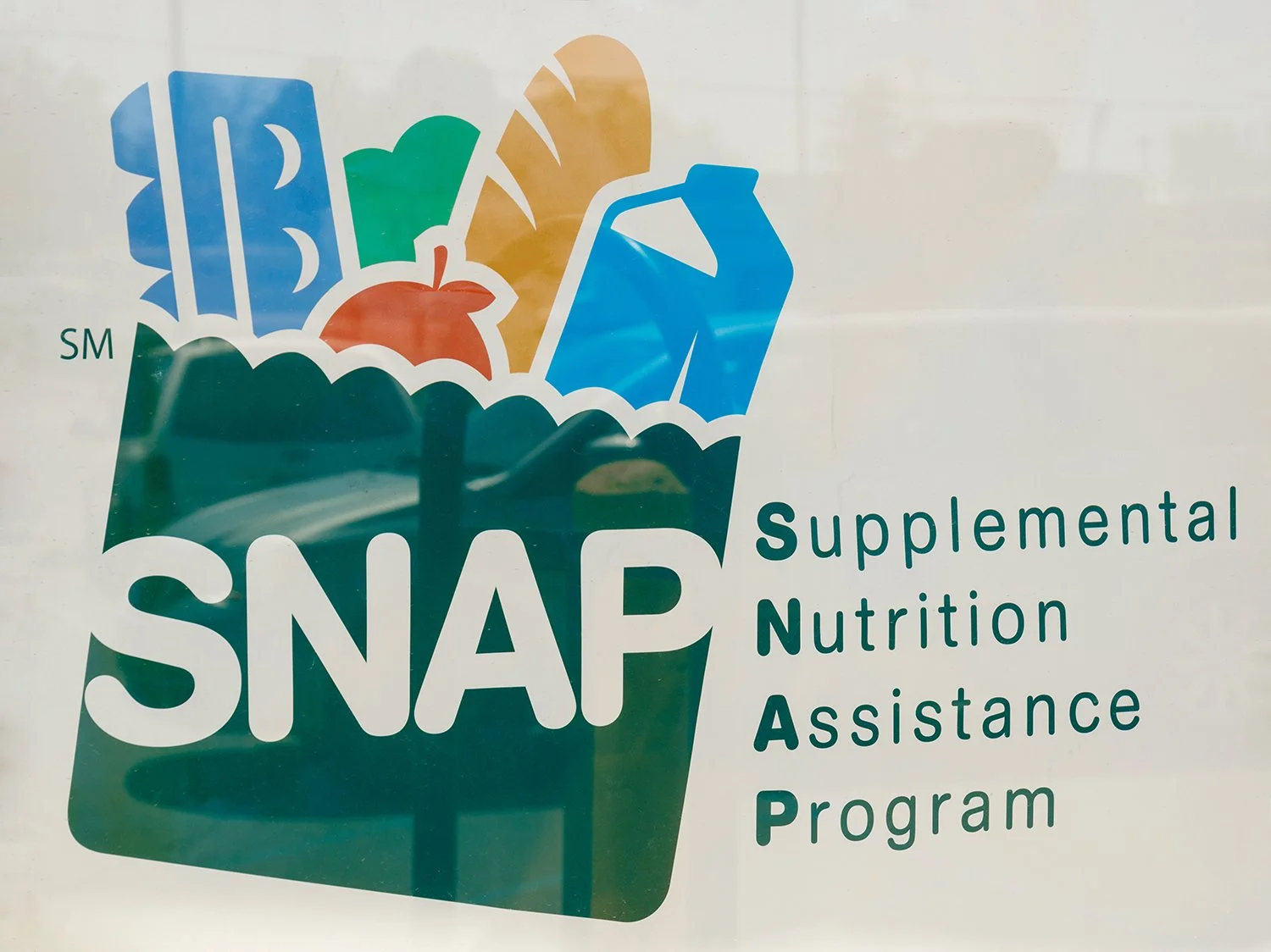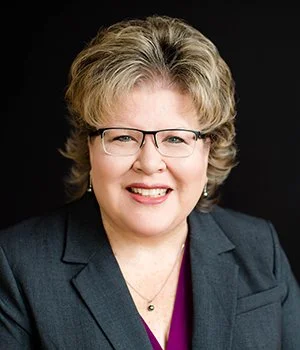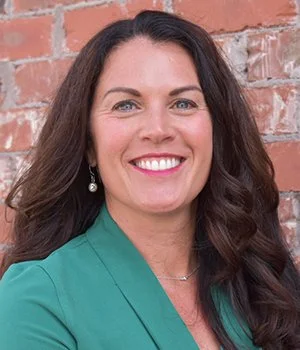jetcityimage - stock.adobe.com
‘We’re barely keeping up as it is’
Local food banks, nonprofits respond to SNAP changes in federal budget bill
By Lisa Rossi
Federal cuts to the Supplemental Nutrition Assistance Program, also known as SNAP, would increase demand on food banks at a time of record need, local food bank officials say.
On July 3, the House passed the Senate’s version of the $4.5 trillion budget bill 218-214. President Donald Trump signed the bill into law on July 4.
The bill cuts SNAP, the nation’s anti-hunger program, by $186 billion over 10 years, a 20% cut, which is the largest in the history of the program.
“We’re deeply, deeply concerned about it, as is every Feeding America Food Bank and anybody in the charitable food system, all of us in the entire country are gravely concerned, because if that bill gets passed as it stands, it will take 9½ billion meals a year off the table across the country,” said Annette Hacker, vice president of strategy and communications at the Food Bank of Iowa.
Hacker said Feeding America Food Banks and their partners across the country serve 6 billion meals a year combined.
“There’s no way the charitable food system can fill that gap. You know, what are we going to do?” she said.
About 40,000 Iowans could lose their benefits under the changes to SNAP, which currently supports more than 262,000 Iowans, she said.
“We’re barely keeping up as it is,” she said. “The rate we’re going right now is really not sustainable. ... The charitable food system cannot do this.”
This comes as food banks have seen record needs for food access.
Twelve percent of Iowans (1 in 8) and 16.6% of Iowa children (1 in 6) face food insecurity, according to Feeding America’s annual Map the Meal Gap study, released in May. All 99 Iowa counties saw an increase in food insecurity in the latest report.
In Iowa, 385,130 people do not know where they will find their next meal. That includes 120,220 children. The annual meal gap in Iowa is nearly 73 million meals. Additional money required to meet the state’s food needs would exceed $248.3 million, according to the report.
The SNAP cuts also come as USDA funding to food banks has decreased. Right now, it’s about 10% of the Food Bank of Iowa’s inventory — during COVID it was 50%, Hacker said.
She called this time a “perfect storm.”
“This is a terrible time to try to reduce SNAP,” she said. “This is the largest cut [to] SNAP in history, at a time when the demand has never been higher. Prices are higher. Our food we’re getting from USDA is minimal. … And our donors, generous as they are, are looking at economic uncertainty.”
Luke Elzinga, policy and advocacy manager at the Des Moines Area Religious Council, said the trickle-down effect on DMARC and other food pantries is “going to be pretty bad.”
He said data shows when SNAP benefits are cut, food pantry use increases. He said DMARC observed that during the pandemic, when SNAP emergency allotments went out, people’s benefits increased and they used the food pantry less.
In April 2022 when the emergency allotments went away, DMARC saw 20% to 40% increases, he said.
“We have other examples in our data that very clearly show the connection between SNAP and food pantry use,” he said. “So yes, if we see these cuts to SNAP, it is absolutely going to mean more people turning to food pantries, food banks, other emergency feeding programs to help them meet that need.”
He said DMARC is in a good position compared to other nonprofits, because most of its support comes from individuals, not the government. Still, DMARC gets 20% of its food through the Food Bank of Iowa, which is experiencing federal cuts, and if they get less food through the food bank, “that means we’re spending more,” he said. DMARC could also see food prices increase due to tariffs, which means it will see more consumers, but that will impact the bottom line too, he said.
“There are a lot of people who are very worried and nervous,” he said.
Elzinga also said the bill shifts SNAP administration costs to states by an additional 25%. He said that would be approximately an additional $13-15 million for the state of Iowa to pay every year.
A representative for Iowa Health and Human Services declined to comment on the bill.
Elzinga said the bill would make Iowa responsible for a cost-share of SNAP benefits for the first time. The amount a state would be required to pay is based on the state’s SNAP payment error rate, which “reflects how accurately states make eligibility and benefit determinations for participating households,” according to the Brookings Institution, a nonpartisan research institute.
For states with a payment error rate between 6-8%, the cost-share would be 5%; Iowa’s error rate is 6.14%, Elzinga said.
“Iowa would now be on the hook for that 5% cost-share on benefits, an estimated $27 million in annual costs,” Elzinga said. “That cost-share would go into effect in fiscal year 2028.”
Elzinga is also board chair of the Iowa Hunger Coalition, a group of organizations and individuals committed to ending hunger in Iowa.
He said advocates have asked for a $1 million state appropriation for Double Up Food Bucks, a health incentive where individuals are encouraged to use SNAP benefits to buy fresh fruits and vegetables. For every dollar they spend on a fresh fruit or vegetable, they earn a dollar, up to $15. The bill requesting the additional funding did not pass the Iowa Legislature this year.
“We’re constantly told, ‘Look, this is really popular, but we just don’t have the money,’” Elzinga said. “That stresses me out, learning that we could be on the hook for, on the very low end, $13 million additionally every year knowing that we’ve been told there’s not enough wiggle room to find $1 million in that budget.”
Jami Haberl, executive director of the Iowa Healthiest State Initiative, a nonprofit dedicated to helping Iowans live healthy lives, said for the past 10 years Double Up Food Bucks has been funded through a combination of federal USDA grant funding and private sector funding.
The additional state money would have helped the program continue to expand across the state and provide some “sustainability funding,” she said.
She said the organization will continue to offer the program because of the “generosity of the private sector.”
Haberl said the organization recently switched from in-person enrollment for Double Up Food Bucks to online enrollment. After that, leaders saw “a significant increase in the number of users who are signing up for the program.”
There are currently 17,680 Double Up Food Bucks cardholders, she said.
“I think with anything in life, if one can sign up online that’s preferred to doing it in person, so that is why I think we’ve seen an increase in the number of sign-ups,” she said.




